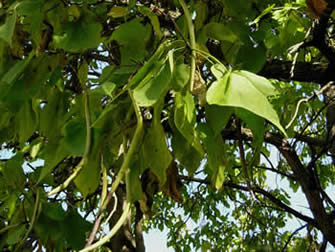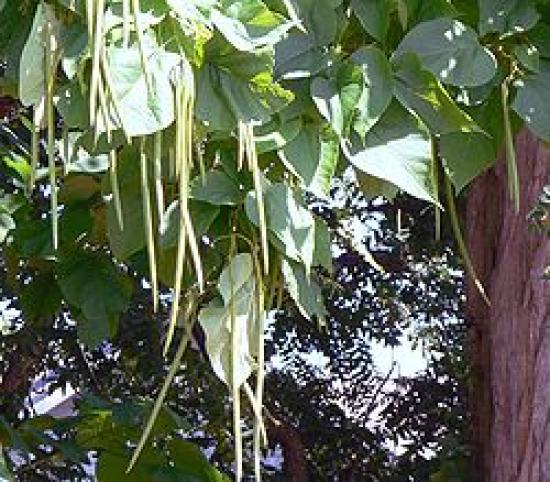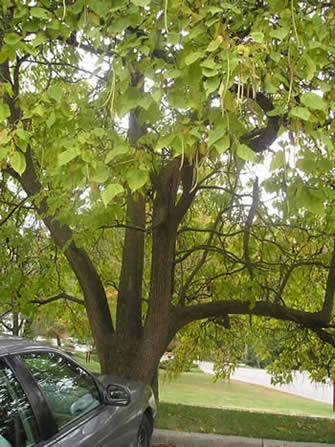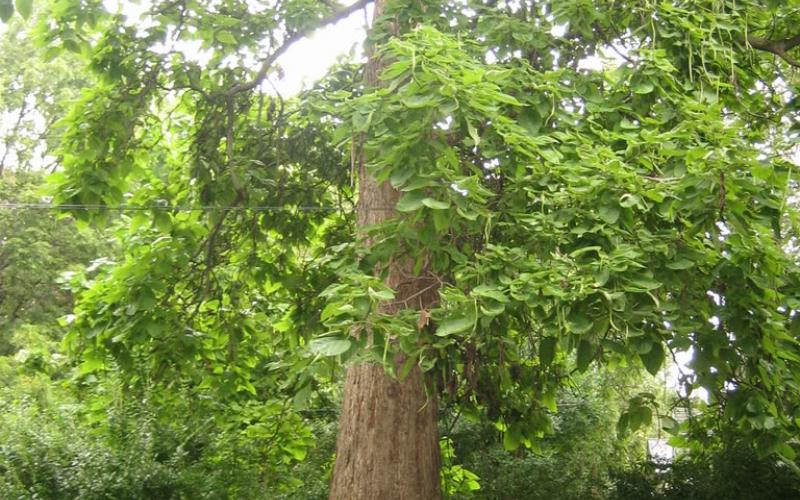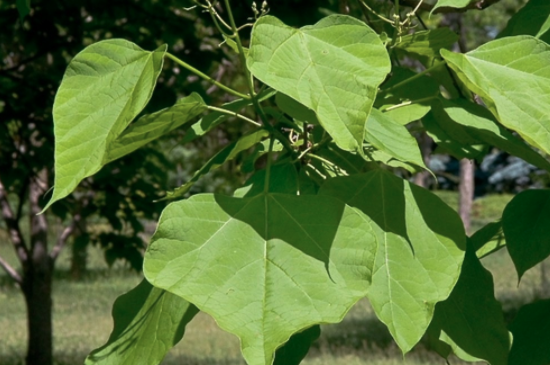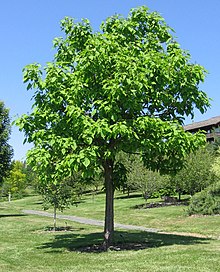southern catalpa tree edible
It grows between 30 and 60 ft. Rich moist soils by the sides of streams and rivers229.
The Southern Catalpa has green foliage and inconspicuous white flowers with a moderate amount of conspicuous green fruits or seeds.
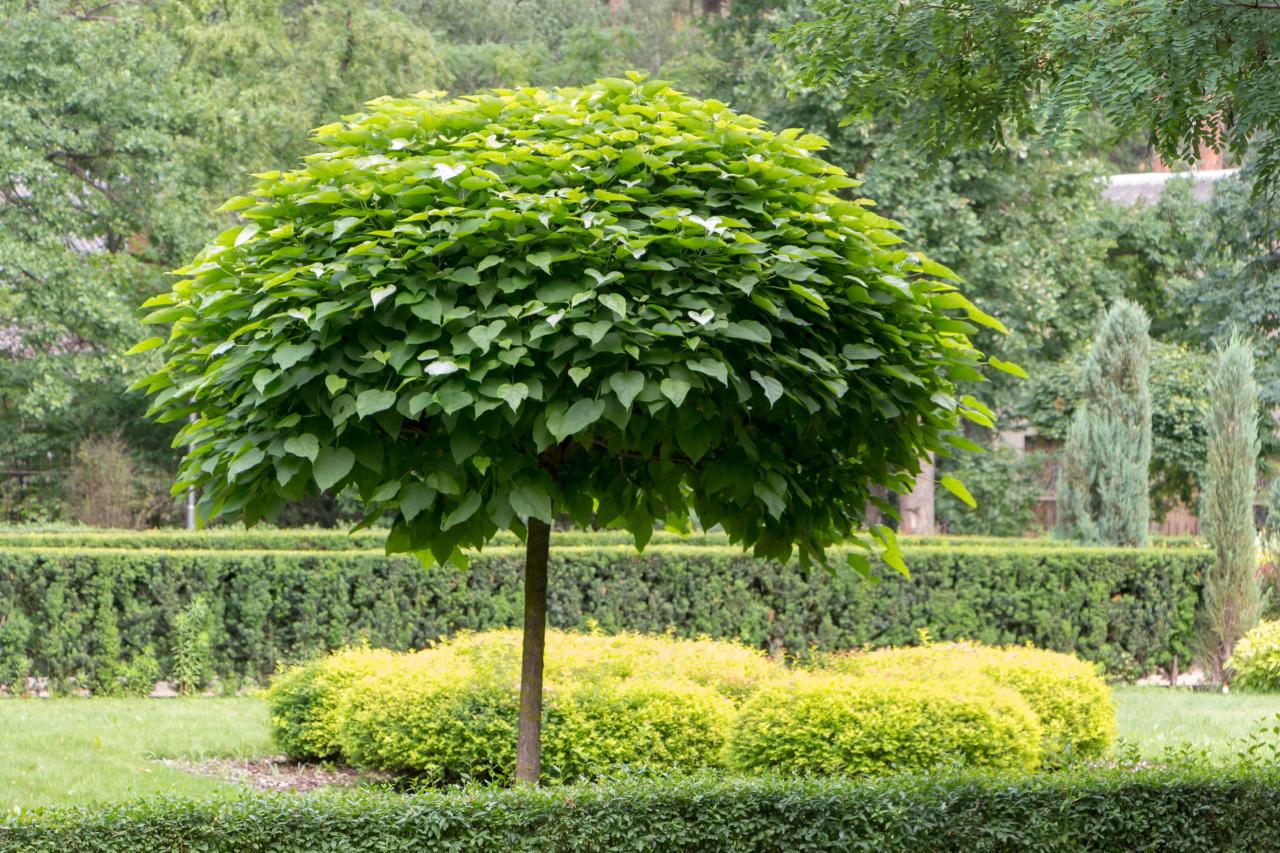
. The tree is famous for its long seed pods which resemble beans or cigars. Fill the pot with potting soil pH 557 and place a few seeds on top. The leaves are cordate and the flowers are white.
It is a medium-sized deciduous tree growing to 1518 metres 5060 ft. 6 12 m wide. It is in flower from June to July and the seeds ripen from October to December.
Growing a catalpa tree Catalpa spp from seed is a long-term project but worth it for the large clusters of white flowers mature trees bear in late springCatalpa trees that are common garden favorites include southern catalpa Catalpa bignonioides USDA zones 5-9 northern catalpa Catalpa speciosa zones 4-8 and Chinese catalpa Catalpa ovata zones 4-8. The tree is famous for its long seed pods which resemble beans or cigars. Catalpa bignonioides commonly called Southern catalpa is a medium-sized deciduous tree that typically grows to 30-40 less frequently to 60 tall with an irregular broad-rounded crownIt is native to a relatively small area extending from central Mississippi Alabama and Georgia south to the Florida panhandle.
PFAF calls its roots highly poisonous but various medicinal teas have been made from its bark seeds and pods each addressing different ailments. Click on the following article for information on catalpa trees including an overview of the varieties of catalpa trees available. The tree likes Sun at the location and the soil should be sandy - loamy to loamy.
Water the Catalpa seeds as needed throughout. The tree is famous for its long seed pods which resemble beans or cigars. Edibility Rating 0 of 5 Other Uses 0 of 5 Weed Potential.
Insert one Catalpa tree seedling into a 5- to 6-inch diameter plant pot filled with potting soil. 9 18 m tall and its dense shade canopy is 20 to 40 ft. Despite the common name of bean tree however this catalpa.
Medicinal Rating 2 of 5. Plant the seeds in a pot with good drainage. Despite the common name of bean tree however this catalpa has no known edible uses.
Remaining trees should grow faster and have increased value. Catalpa trees with two species native to the United States are known for their beautiful and plentiful blooms as well as for being the sole source of food for catalpa worms a caterpillar that. Despite the common name of bean tree however this catalpa has no known edible uses.
The southern catalpa tree has an irregular rounded canopy made up of heart-shaped glossy green leaves trumpet-shaped flowers and pea-like pods. America - Florida Alabama Missouri and Louisiana. Catalpa trees are known for their green and long cigar-like bean pods.
In the south just about every old. Catalpa trees are tough natives offering creamy flowers in spring. Are beans from Catalpa trees edible.
Native to southeastern US. It is widely grown as an ornamental tree. PFAF calls its roots highly poisonous but various medicinal teas have been made from its bark seeds and pods each addressing different ailments.
Yes the Catalpa tree grows long beans. June-July summer blooms literally cover the tree and are a very attractive white with gold and purple accents. Indian Bean Tree Southern catalpa.
The leaves actually secrete a nectar that attracts the catalpa sphinx moth. Catalpa trees grow best with low moisture so make sure the pot or ground soil has good drainage. Edible fruit plant seeds.
However the benefits of eating these are nowhere mentioned but when combined with other herbs to make medicinal substances they have been effective in. Catalpa bignonioides is a deciduous Tree growing to 15 m 49ft by 12 m 39ft at a medium rate. Subject to chlorosis yellow leaves with green veins in alkaline soil.
By selectively removing harvesting the correct number of trees enough light will reach the soil to allow growth of forage under the tree canopy. Edible fruit plant seeds. Catalpa speciosa commonly called northern catalpa is a medium to large deciduous tree that typically grows to 40-70 less frequently to 100 tall with an irregular open-rounded to narrow-oval crownIt is native to a relatively small area extending from western Tennessee northeastern Arkansas and the lowlands of southeastern Missouri north to.
They look like cigars and hence are called cigar trees. Learn About Different Kinds Of Catalpa Tree. The species is hermaphrodite has both male and female organs and is pollinated by Bees.
Click to see full answer. Catalpa bignonioides Southern Catalpa Tree apprx 30-40ft tall bright green large heart shaped leaves. Leaves are 58 inches long often in whorls and give off an odd odor when crushed.
The Tree is a deciduous tree it will be up to 18 m 59 ft high. The catalpa has the distinction of bearing some of the showiest flowers of all the American native trees. The roots are highly poisonous254.
The Southern Catalpa tree Catalpa bignonioides is easy to recognize because of its very large leaves its beautiful mid-summer flowers and its extremely long slender fruits that persist from late summer through the winterIt is called southern because it is native to the southeast United States Florida Georgia Alabama and Mississippi where it also is called the Catawba tree. This catalpa species is smaller than the northern species. The medium sized flowering deciduous tree Catalpa bignonioides is a relatively easily grown shade tree that prefers moderate soils but is tolerant of both wet and dry conditionsIt prefers being grown in full sun to part shade and has an irregular shape once grown.
However like all trees catalpas have their downsides. The Southern Catalpa has green foliage and inconspicuous white flowers with a moderate amount of conspicuous green fruits or seeds. It is hardy to UK zone 5 and is not frost tender.
As well as having a sedative effect the plant also has a mild narcotic action though it never causes a dazed condition. The Southern Catalpa is botanically called Catalpa bignonioides. Common names include southern catalpa cigartree and Indian-bean-tree or Indian bean tree.
Insert one Catalpa tree seedling into a 5- to 6-inch diameter plant pot filled with potting soil. Benefits from adding trees Many coniferous woodlands and a few select hardwood plantations can be transformed into treeforage systems. Yellow leaves of Aurea are showiest in the Upper South.
See above for USDA hardiness. Phonetic Spelling kah-TAL-pah big-non-ee-OY-deez Description. Grows to 3050 feet according to climate or soil with somewhat smaller spread.
A tea made from the bark has been used as an antiseptic antidote to snake bites laxative sedative and vermifuge. Water the Catalpa seeds as needed throughout. Lightly cover the seeds with more potting soilno more than 1.

How To Choose Plant And Grow A Catalpa Tree Hgtv

Catalpa Tree By Devehf Via Flickr Is This What We Have In Back Organic Plants Garden Help Organic Gardening

Northern Catalpa Naturehills Com
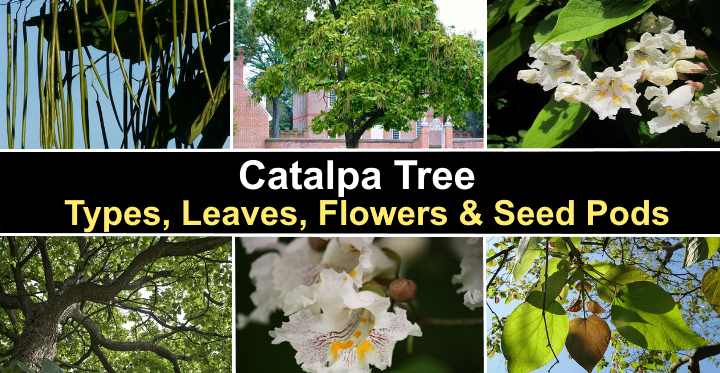
Catalpa Tree Types Leaves Flowers Seed Pods With Catalpa Worms
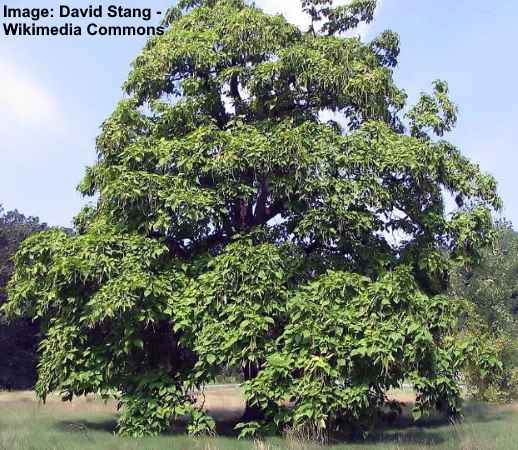
Catalpa Tree Types Leaves Flowers Seed Pods With Catalpa Worms

Sprouts Catalpa Seed Pods Seed Pods Trees To Plant Plant Leaves

Paw Paw Tree Https Thehomestead Guru Pawpaw Tree 2 Utm Campaign Justin Utm Source Justin Utm Medium Justin Fruit Trees Paw Paw Tree Plants

Catalpa Tree Facts Uses And Planting Tips Plants Flower Essences White Flowering Trees

Sprouts Catalpa Seed Pods Seed Pods Gardening Blog Pods
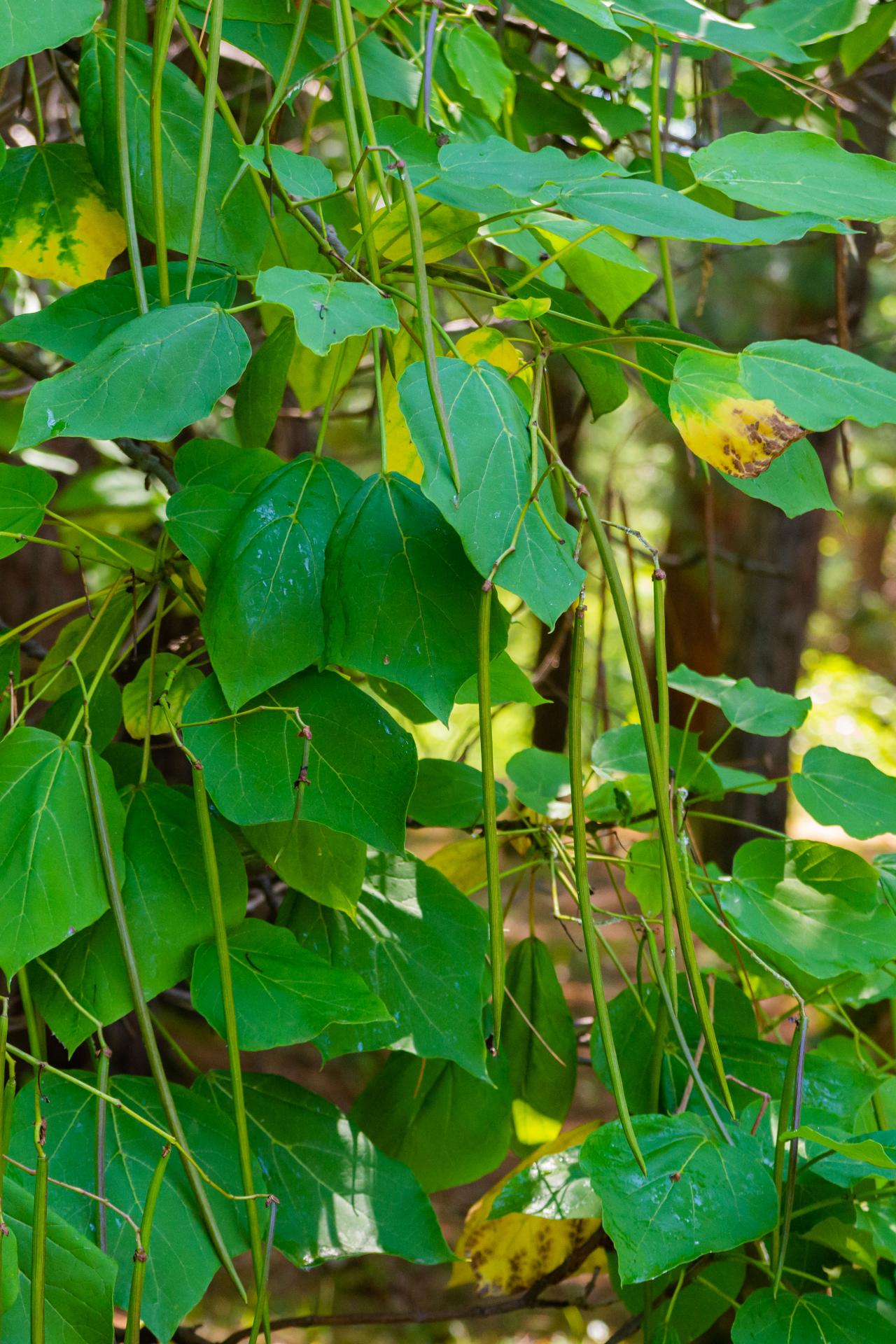
How To Choose Plant And Grow A Catalpa Tree Hgtv

Morus Weeping Mulberry 1 8m Standard 16 Pot Hello Hello Plants Garden Supplies Weeping Mulberry Tree Mulberry Tree Plants

Identify And Explain Briefly About The Following Pennsylvania Tree Flashcards Flashcards By Proprofs Tree Identification Edible Plants Sassafras Tree
